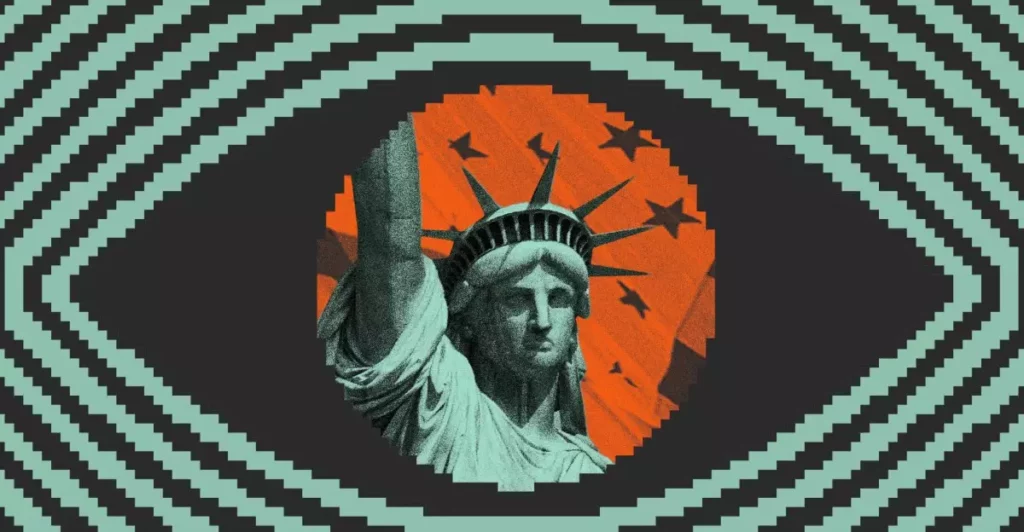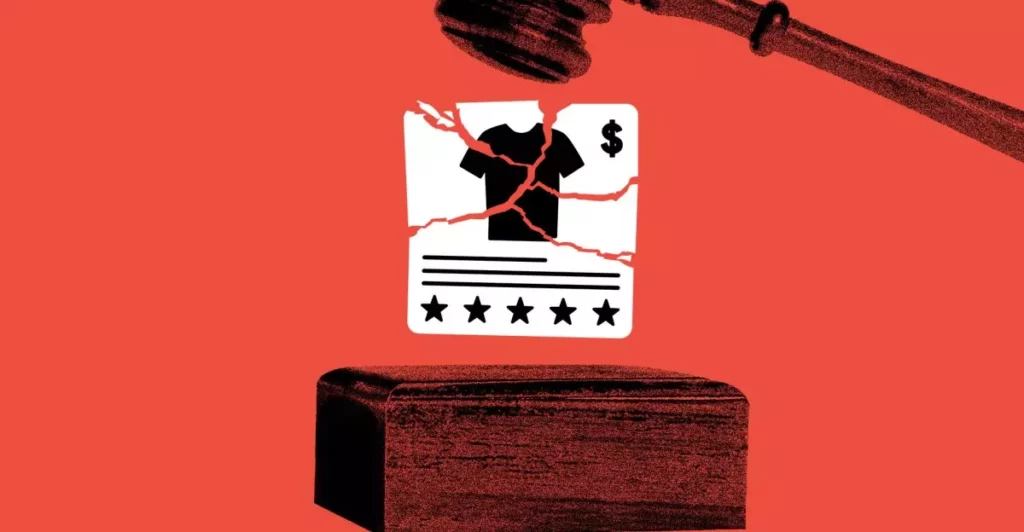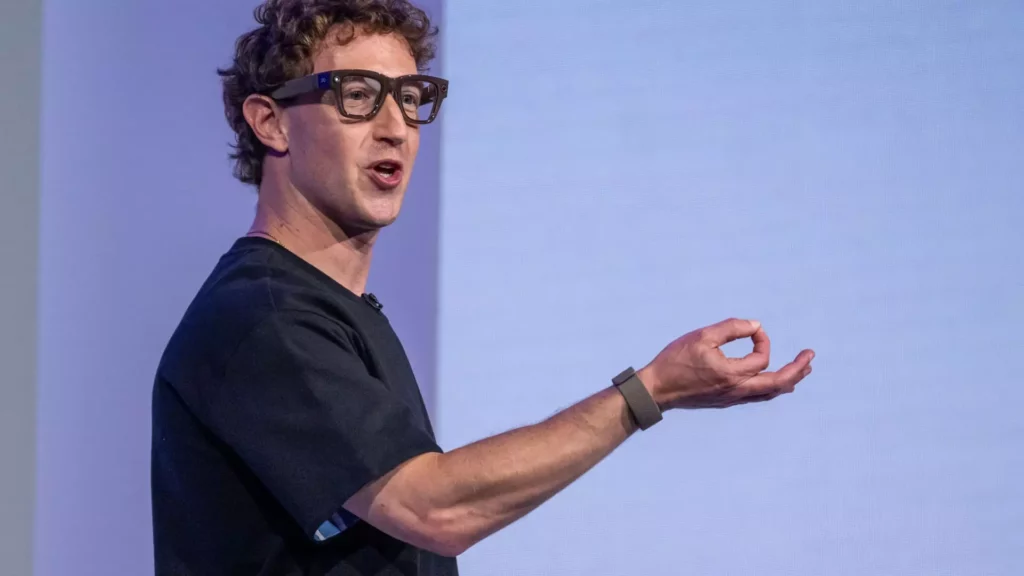In an era where technology promises to make our lives safer and cities smarter, New York City’s partnership with the Citizen app exposes a troubling reality: safety as we know it is increasingly becoming a facade for encroaching surveillance. The city’s reliance on real-time alert systems and community-sourced videos creates an illusion that rapid response times equate to genuine protection, but this comes at a profound societal cost. The promise of quick interventions conveniently masks an underlying trend—privacy erosion and the normalization of constant monitoring. While proponents tout increased responsiveness, the broader implications suggest a dangerous shift toward a society where personal boundaries are blurred, and privacy is sacrificed on the altar of safety.
The Power Dynamics: Citizens as Participants or Informants?
What begins as community engagement rapidly turns into a mechanism of involuntary participation in a sprawling surveillance apparatus. Citizens are encouraged—sometimes subtly coerced—to report incidents and share footage, effectively turning everyone into an unwitting informant. This participatory model masks a more insidious reality: it subtly normalizes mass surveillance, deterring honest dissent and fostering a culture of watchfulness. Even if users opt out of sharing videos, their publicly posted content remains accessible, making private moments available for public scrutiny or misuse. Such open-access footage presents a Pandora’s box of privacy violations, transforming personal recordings into commodities that can be downloaded, shared, or weaponized without clear boundaries.
Law Enforcement’s Unrestricted Access: A Double-Edged Sword
The integration of platforms like Fusus and partnerships with private security firms such as Ring signals a leap toward law enforcement’s unprecedented access to raw visual data. This scenario isn’t merely about responding to emergencies; it’s an amplification of surveillance capabilities that often exist outside legislative oversight. Police gaining near-instant access to citizens’ private security footage—potentially without warrants—raises critical questions about civil liberties. This level of access risks turning ordinary residents into perpetual subjects of observation, with their daily lives under the watchful eye of authorities. Such arrangements seem less about public safety and more about consolidating control, often overlooking ethical standards and transparency. The implications are stark: a city where personal freedoms cede ground to technological convenience.
The Ethical Dilemma: Security Versus Civil Liberties
Despite assertions that these tools are essential in combating crime, they expose a troubling trend of mass data collection that disproportionately targets marginalized groups. Surveillance in these communities often becomes pervasive, fostering a culture of mistrust and systemic inequality. While supporters argue that safety justifies such measures, they ignore the long-term erosion of civil liberties. The sheer scope of data collection—live feeds, geo-located notifications, and continuous footage—threatens to normalize an intrusive state where personal privacy is secondary to technological convenience. Witnessing how initial intentions like public safety can morph into tools of control should provoke critical skepticism, especially when transparency and accountability remain elusive.
The Risks of Technological Hubris
The partnership’s underlying flaw lies in its overreliance on unchecked technological power. The idea that live footage broadcasting, targeted alerts, and real-time data sharing can only serve the public good is fundamentally flawed. Errors, malfunctions, or malicious misuse can escalate false alarms or unjustified harassment. More worryingly, such systems can entrench biases, disproportionately surveilling racial minorities or economically disadvantaged populations. When technology is designed without equitable oversight, it risks reinforcing existing societal inequalities under the guise of progress.
The Broader Societal Cost of Vigilant Urbanism
As New York City embraces this high-tech oversight, it risks falling into a dystopia of perpetual monitoring—an environment where personal privacy is sacrificed, and the concept of a truly free urban space diminishes. The app’s origins as Vigilante serve as a stark reminder that technology predicated on fear can be exploited to further control and manipulate populations. In this context, the city’s push for smarter safety isn’t necessarily a step forward; it could be a leap backward into a society governed more by surveillance than by the rule of law. Citizens may find themselves caught in an omnipresent gaze, with their movements and private lives analyzed, recorded, and potentially misused.
The core issue remains: Are these technological advancements genuinely making urban life safer, or are they simply providing a veneer for an inevitable slide into authoritarian tendencies masked under the guise of security? In the center-right liberal view—moderate, pragmatic, but wary of unchecked power—this partnership exemplifies society’s dangerous flirtation with surveillance over civil liberties. While safety is undeniably essential, it must not come at the expense of the fundamental rights that define a free society. The question is no longer whether these tools are effective, but whether we are willing to accept living in a city where privacy is the price of security.









Leave a Reply